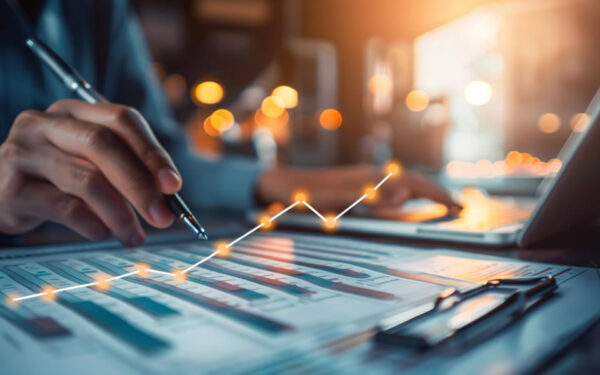The past year saw a record number of listings by special purpose acquisition companies, better known as SPACs. From January to October 2020, 165 SPACS were listed. That is more than double the number of global SPAC IPOs issued in all of 2019 and eight times that of 2015. During 2020, there has been nearly $61.3 billion in SPAC gross proceeds compared to $13.6 billion in gross proceeds in 2019 and $10.8 billion in 2018. Entrepreneurs, hedge fund managers and sports executives are among those who have established SPACs, an increasingly popular method of taking companies public.
SPACs are essentially “shell” or “blank-check” companies with no actual commercial operations; they are created solely for the purpose of raising capital through an initial public offering (“IPO”) in order to acquire an existing private company. For a SPAC, this is done by selling shares (typically at $10 apiece) and warrants as a unit. The warrants are investment securities that allow investors to purchase more shares later at a fixed price. Once the funds are raised, the cash raised in a SPAC IPO goes into a trust where it will earn interest, or to the sponsor, who is required to keep the float over $5 million, until one of two things happen.
First, the management team of a SPAC identifies a company of interest. They then take the company public through an acquisition, with the capital raised in the IPO. Alternatively, if the SPAC fails to merge with a company or does not acquire an existing company within a deadline (typically two years), the SPAC is liquidated and investors get their money back.
Once a merger or acquisition is complete, the shareholders are able to redeem their stock for a proportionate share of the cash in the trust. If the SPAC deal falls through, the shareholder can redeem their shares and receive trust value, and if the deal is a hit and the shares trade higher than the trust value, investors can sell at the market price.
A risk for investors in a SPAC to watch out for is rising debt that coincides with a merger or acquisition, or a lack of cash to complete an approved deal if other investors take advantage of the redemption option. When this happens, a SPAC may seek new funding from additional sponsors or investors, or through a private investment in public equity (PIPE), which could potentially dilute existing shareholders.
A company can go public in several ways, including a direct listing or a reverse merger (when a private firm becomes a public company by buying a listed company). The most common route is through a traditional IPO, a time-consuming process involving roadshows and pitch meetings with investors and intense scrutiny of the company’s audited financial statements. Reverse mergers save a private company the lengthy process of going public. SPACs are another, increasingly popular alternative. Because SPACs have no previous operations or financial data to access, their track record depends on the reputation of their management teams. By skipping the roadshow process, SPAC IPOs typically list in a much shorter timeframe. In addition, a private company going public via a SPAC IPO has more certainty around the company’s valuation and equity capital raised.
SPACs have existed since the early 1990s and typically were used by smaller companies to go public. However, the pandemic has pushed some businesses to consider quicker ways to raise money. The COVID-19 pandemic and the U.S. presidential election created massive uncertainty. Due to those factors in 2020, traditional capital raises suffered. SPACs have found the way to inject needed funds into capital-starved companies. The surge in 2020 has been driven by the influx of high-profile investors and management teams entering the SPAC space, coupled with an abundance of uninvested capital that had largely been sitting out the first half of 2020.
SPACs are more established now that some high-profile companies have utilized this method to go public. The recent proliferation of SPACs has acquainted more investors with this option, so they are more receptive to conversations about SPACs. It will not be easy to predict if the surge in SPACs will continue after the pandemic stabilizes, but there is a two-year time period for a SPAC to make an acquisition, guaranteeing its staying power for at least a while.










